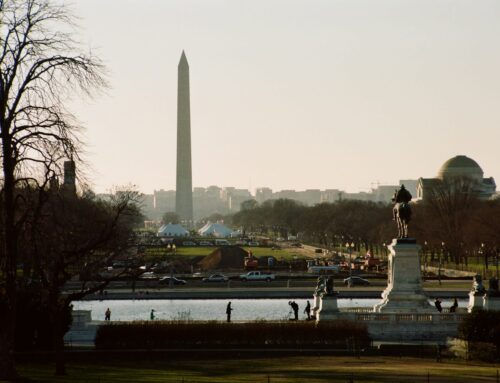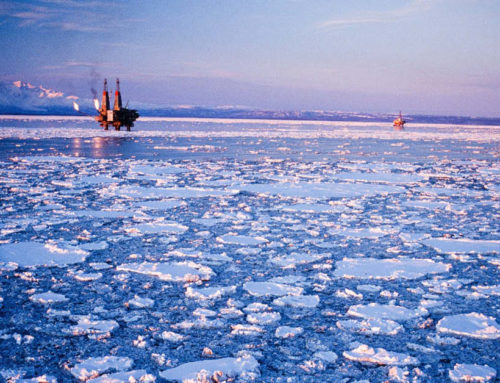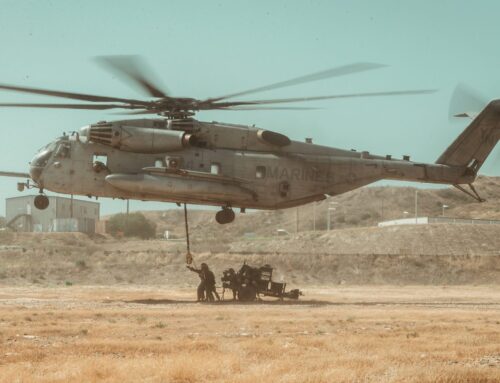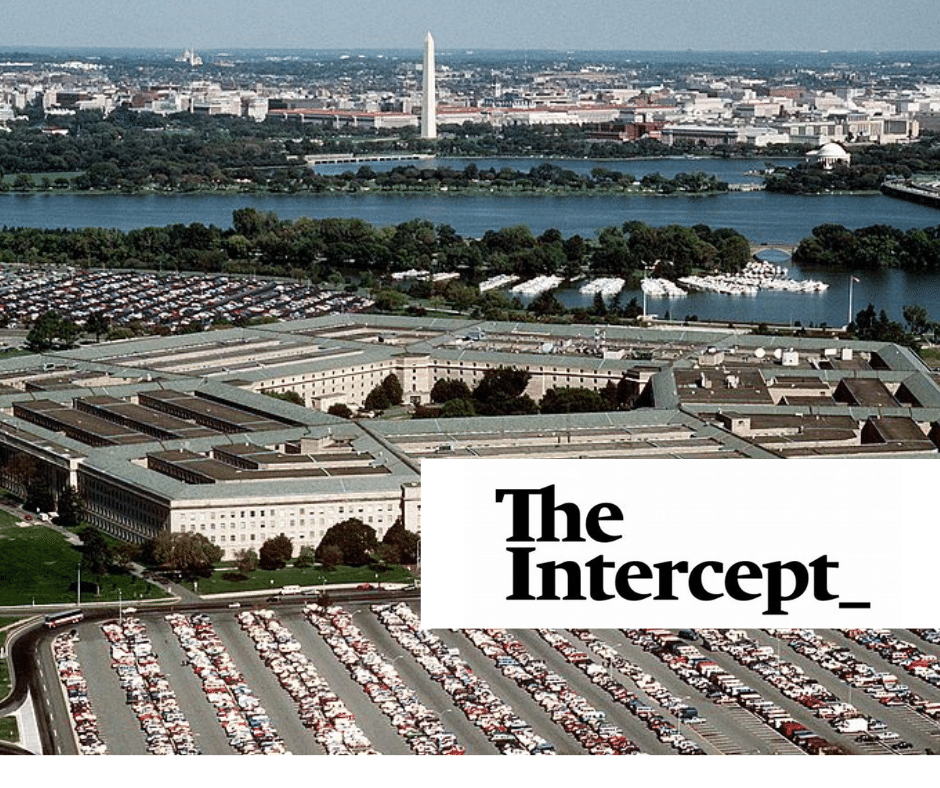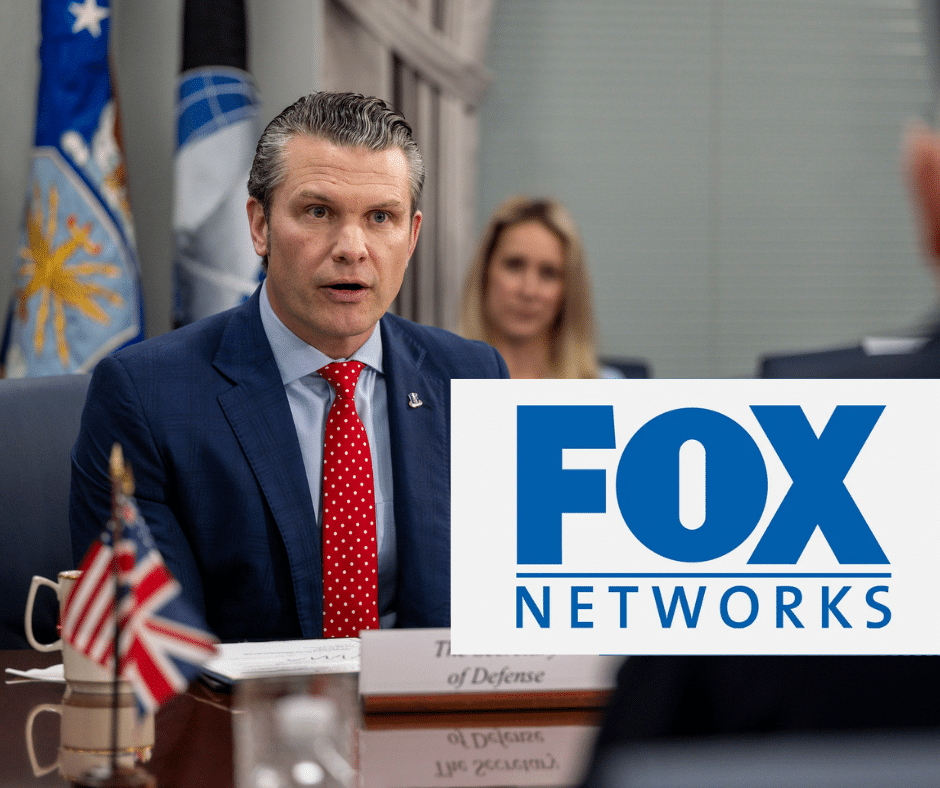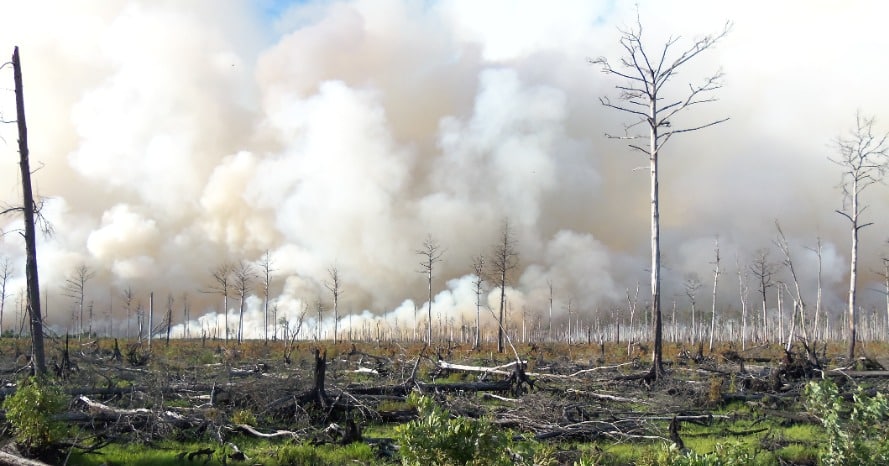After nearly 30 years of construction and a budget that rose into the billions, Olmsted Locks and Dam passed the first tow barge through its system at a ceremony Thursday on the Ohio River.
The $3 billion infrastructure improvement by the Army Corps of Engineers is the most expensive inland waterway project in U.S. history and is touted as the hub of the nation’s river navigation system.
“We know that this lock and dam is going to be here for decades and that’s a big deal,” Matt Lowe said. He was the project manager for Olmsted from 2012 to 2016 and he was in the crowd of dignitaries to dedicate the project at a ceremony Thursday.
Like others who worked on the massive project, he hopes it will be remembered for what it adds to river commerce rather than for its swollen budget and delayed schedule.
“It’s something that you can always look back upon and say, not only did I do something of great engineering and construction significance, but I also did something that’s going to help commerce and going to help the United States,” Lowe said.
Swollen Budget
Olmsted will replace locks and dam 52 and 53 on the Ohio, which were built in the 1920’s and stayed in operation about 50 years beyond their designed lifespan. The old locks and dam are beginning to show their age. Breakdowns have been more frequent in the past couple of years, frequently slowing or halting traffic on a 25-mile stretch of the Ohio River from Smithland, Kentucky, to Brookport, Illinois. That happens to be one of the busiest stretches of river in the region with about 90 million tons of goods passing through every year.
The project began in 1988 and broke ground in 1993. Olmsted was originally slated for completion in 2013 and was expected to cost $775 million. The cost grew because of a decision made in the late 1990s to use what is known as “in-the-wet” construction process, rather than dry construction behind a cofferdam. That allowed the river to stay open to commerce during construction but it also required some innovative and costly engineering.
Steve Ellis, vice president of the non-profit budget watchdog group Taxpayers for Common Sense, has called Olmsted the “poster child” of overdue and over-budget federal projects.
But Army Corps officials said that economic projections show the benefits from the project are expected to outweigh its costs within about five years, chiefly because so much commerce flows through that section of the Ohio River, providing about $640 million in net economic benefits to the country.
Engineering Feat
Olmsted Division Chief for the Army Corps Mike Braden explained that the project’s unusual construction required special equipment and skills.
“Some of that equipment we custom built for this project served faithfully and reliably in advancing an unprecedented construction method,” he said. “It’s a little bit bittersweet coming to the end of a project the scale of Olmsted.”
Braden said the construction project will increase efficiency and allow commodities to get where they need to go in less time.
“It can take, even on the best day, one to two hours to lock through one of those older projects. At Olmsted we forecast we’ll be able to pass tows through our chambers in 30 minutes.”
At the dedication event U.S. Senate Majority Leader Mitch McConnell of Kentucky said it took communities marshalling everything they had, great feats of engineering, and bipartisan collaboration across multiple levels of government to make Olmsted a reality.
“In short my friends, it took American imagination to conceive of this project. The largest inland waterways effort our nation has ever taken,” he said. “And it took American persistence to see it through.”
McConnell said inland waterway infrastructure is especially important to Kentucky where it supports some 10,000 jobs.
Project Manager Lowe called Olmsted a symbol of what a group of people from many different backgrounds can accomplish when they come together.
“I think it also shows the importance of continuing to invest in our infrastructure, continuing to invest into making the engine of American economy work,” he said.



